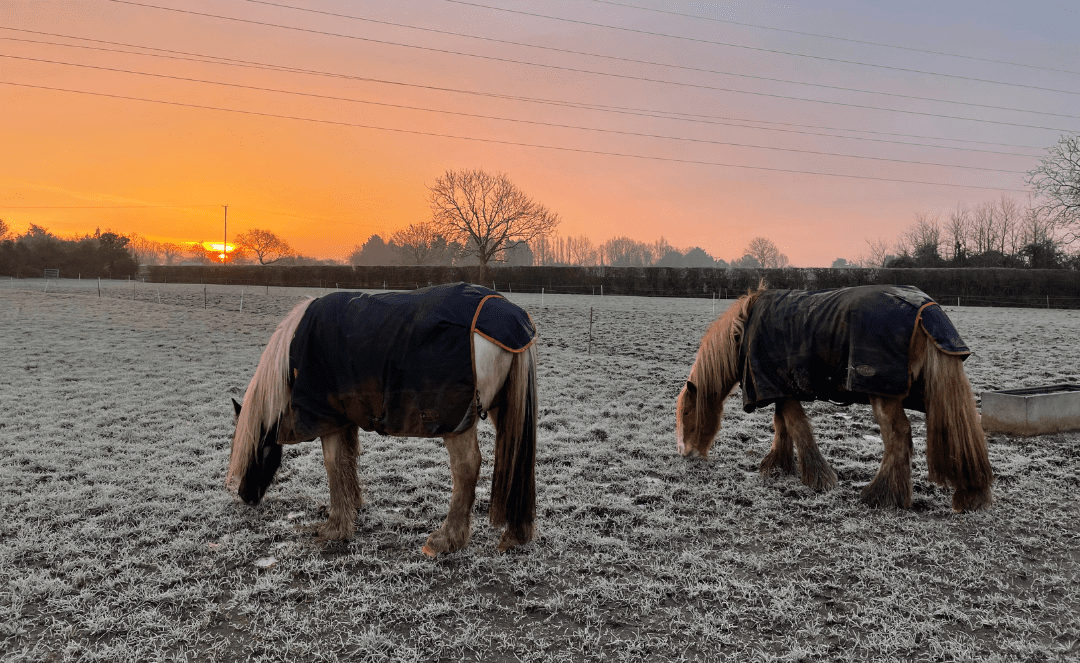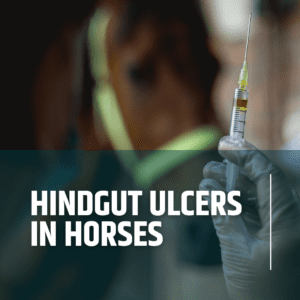Hazards in Chilly Autumn Grazing Fields
As temperatures drop, plant metabolism alters significantly, increasing sugar storage and posing risks to certain horses.
During autumn pasture turnout, particular attention must be given to horses prone to laminitis or suffering from insulin dysregulation. Additionally, due to changes in diet and grass composition, this time period increases the risk of digestive problems like colic and acidosis.
Understanding Plant Metabolism and Digestive Concerns
With the onset of colder British weather, the composition of grasses and legumes in pastures shifts. The primary concern is the elevated levels of non-structural carbohydrates (NSC) in grass. This means that each mouthful of grass consumed during autumn contains a higher percentage of NSC, which can be particularly challenging for horses with metabolic issues. Moreover, abrupt dietary changes and the rich sugar content of grass can precipitate colic, a painful digestive disturbance. Acidosis is caused by an imbalance in the horse's fermentation process in the hindgut. Too much NSC can also cause acidosis, which can cause pain and even laminitis.
Specific Grass Types and Their Risks
It is advised to keep horses off pastures for about a week following a severe frost, which typically ends the growing season and reduces the plant's nutritional value. Different grass species degrade at varied rates. For example, legumes like alfalfa lose nutritional value faster than grasses due to leaf shedding. Specific grass types, such as ryegrass, can be particularly high in NSC, necessitating careful management in the autumn. Modern types of fescue, like tall fescue and creeping red fescue, are often grown to extend the grazing season for livestock. They stay green in cooler temperatures, which can be dangerous for horses with laminitis and digestive problems.
Wilted Leaves: Another Source of Concern
Fallen leaves in pastures are an additional risk factor. Toxic leaves, like those from the red maple (acer rubrum), commonly found in the UK, can be lethal to horses even in small quantities. As pasture quality diminishes, horses may turn to wilted leaves out of hunger. Thus, providing supplementary hay is crucial, along with monitoring tree species in and around grazing areas.
Evaluating Autumn Risk Factors
The rise in laminitis cases during autumn isn't just due to sugar-laden pastures. The pituitary gland makes more adrenocorticotropic hormone (ACTH) during this time of year, which can make all horses more insulin resistant. This is especially true for horses with PPID (Pituitary Pars Intermedia Dysfunction) or Equine Metabolic Syndrome. Extra vigilance is required for horses that are overweight, have a history of laminitis, are insulin-resistant, belong to breeds prone to weight gain, or exhibit abnormal fat deposits.
Could EquiNectar be useful for your horse this autumn?
EquiNectar, a digestive enzyme supplement, can be particularly beneficial during the autumn months, a period when horses are exposed to higher levels of non-structural carbohydrates (NSC) in grasses such as ryegrass. This increase in NSC can cause digestive issues like colic and acidosis. EquiNectar is made to help feed digest better in the small intestine by harnessing the natural enzymes found in sprouting barley. This improved digestion process can help mitigate the risk of digestive disturbances that arise from sudden dietary changes or high sugar intake, commonly seen in autumn pastures.
If your horse suffers from metabolic issues, we would advise you to contact your vet before using any new feed or supplements.
ABOUT EQUINECTAR
Description
EquiNectar® is a natural feed supplement, that is scientifically proven to:
- Re-balance your horse’s gut bacteria
- Help your horse maximise benefits from its feed
- Improve your horse’s condition
More information
EquiNectar® is produced by Tharos Ltd in the UK. It is a natural source of digestive enzymes and contains only the following ingredients:
- Our patented enzyme rich malt extract
- Medium chain triglycerides (from coconut oil)
- Potassium sorbate
For more details of the enzymes within EquiNectar® take a look at the ingredients and enzymes page.
How to feed
Simply add EquiNectar® to your horse's daily feed, using the Feeding Rate chart to determine the correct amount.
For detailed instructions about how to introduce EquiNectar, please read the comprehensive Feeding Guide page.






